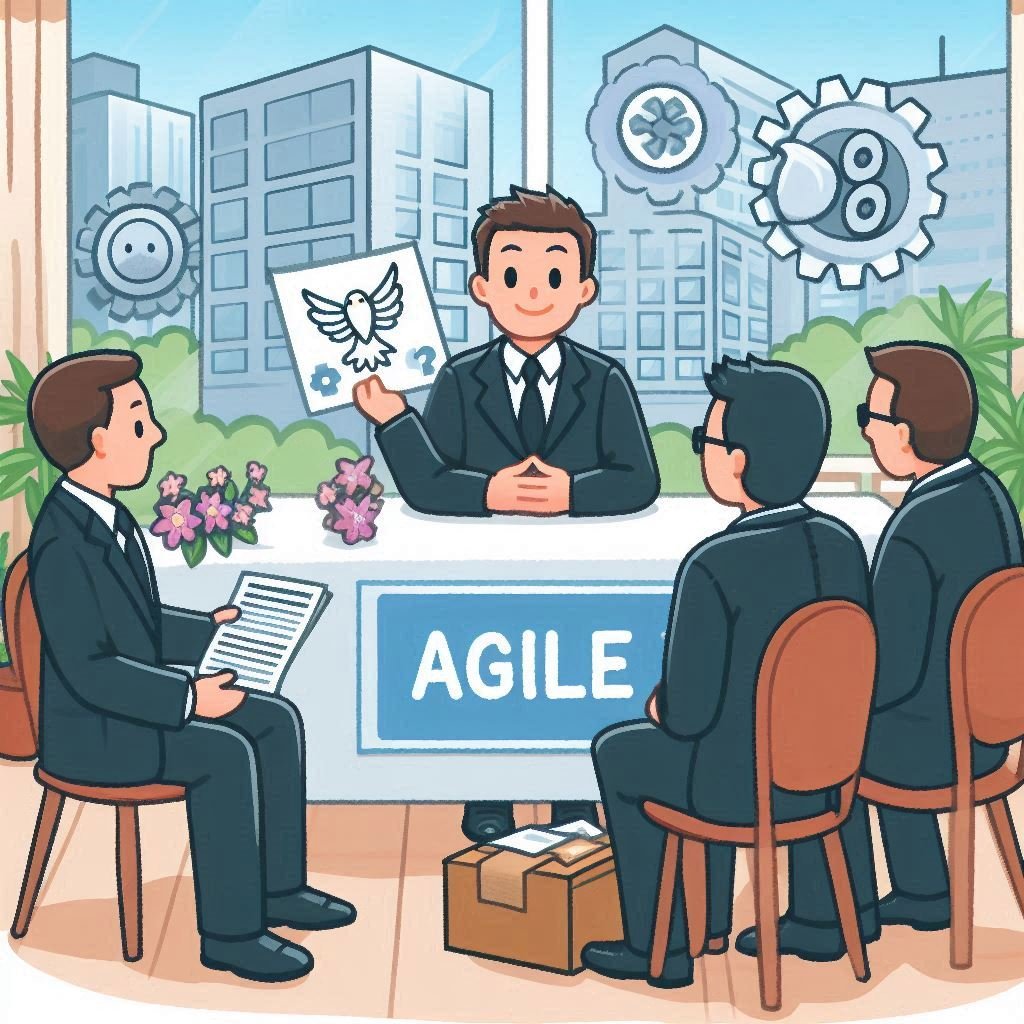How to answer “tell me something about yourself” interview question?
When answering the question “Tell me something about yourself,” it’s important to keep your response focused, relevant, and concise. Here are a few tips on how to approach this question:
- Start with a summary of your professional background, including your current job or most recent position and the industry you work in.
- Highlight a few key accomplishments or achievements that demonstrate your skills and experience.
- If relevant, mention any relevant education or certifications you have.
- Discuss your relevant skills and qualifications that match the position you are applying for.
- Summarize your personal characteristics that make you a good fit for the company culture.
- Emphasize your enthusiasm for the position and the company.
- Keep your answer concise and to the point, between 2-3 minutes is ideal.
It’s important to keep in mind that while you should be honest, you should also be selective in what information you share, focusing on the most relevant and positive aspects of your background.
How do you explain agile methodology in an interview?
Agile methodology is a project management approach that prioritizes flexibility and collaboration. It is based on the Agile Manifesto, a set of values and principles for software development that emphasizes individuals and interactions, working software, and customer collaboration. Agile teams use iterative, incremental development cycles, called sprints, to deliver working software quickly and respond to changing requirements. Agile also emphasizes self-organization and cross-functional teams, and uses techniques such as Scrum, Kanban, and Extreme Programming (XP) to manage and track progress. In an interview, it’s important to highlight your experience with Agile principles, practices, and tools and how you have applied them to deliver successful projects.
What are the principles of agile?
The Agile methodology is based on 12 principles:
- Customer satisfaction through early and continuous delivery of valuable software.
- Welcome changing requirements, even late in the development process. Agile processes harness change for the customer’s competitive advantage.
- Deliver working software frequently, with a preference to the shorter timescale.
- Businesspeople and developers must work together daily throughout the project.
- Build projects around motivated individuals. Give them the environment and support they need and trust them to get the job done.
- The most efficient and effective method of conveying information to and within a development team is face-to-face conversation.
- Working software is the primary measure of progress.
- Agile processes promote sustainable development. The sponsors, developers, and users should be able to maintain a constant pace indefinitely.
- Continuous attention to technical excellence and good design enhances agility.
- Simplicity – the art of maximizing the amount of work not done – is essential.
- The best architectures, requirements, and designs emerge from self-organizing teams.
- At regular intervals, the team reflects on how to become more effective, then tunes and adjusts its behavior accordingly.
These principles guide the Agile process and provide a framework for teams to deliver value to customers in a flexible and collaborative way.
Most popular interview questions and their suitable answers
Interviewer: Can you tell us about your experience with Agile methodology?
Candidate: Yes, I have been working in Agile environments for several years now. I am familiar with the Agile Manifesto and its principles, which prioritize flexibility and collaboration in the development process.
Interviewer: Can you give an example of a project you have worked on using Agile?
Candidate: One project I worked on was a software development project for a financial company. We used Scrum as our Agile framework and held daily stand-up meetings to track progress and identify any obstacles. We also held sprint planning and retrospective meetings to continuously improve our process. Through this project, we were able to deliver working software to the client in a shorter time frame and respond to changing requirements effectively.
Interviewer: How do you handle changing requirements in an Agile environment?
Candidate: I understand that changing requirements are a natural part of the development process, and Agile methodology welcomes them. I make sure to involve the client and stakeholders in the process and prioritize the new requirements based on their impact and urgency. I also ensure that any changes are incorporated in the next sprint, and that the team is aware of the changes and how it will affect our work.
Interviewer: How do you ensure that the team is working efficiently and effectively in an Agile environment?
Candidate: I encourage communication and collaboration among team members, and make sure that everyone is aware of their roles and responsibilities. I also use agile tools such as Kanban boards and burndown charts to track progress and identify any bottlenecks. Additionally, I conduct regular retrospectives to gather feedback from the team and implement improvements.
Interviewer: How do you ensure that the customer’s needs are met in an Agile environment?
Candidate: I make sure to involve the customer in the development process and gather their feedback throughout the project. I also prioritize customer’s requirements and make sure that they are addressed in each sprint. Additionally, I ensure that the deliverables meet the customer’s requirements and that they are satisfied with the final product.
For more insights and to stay updated on the latest trends in business analysis and Agile methodologies, feel free to visit my personal website and check out my YouTube channel below:

I was reading some of your content on this site and I conceive this website is real instructive!
Continue posting.